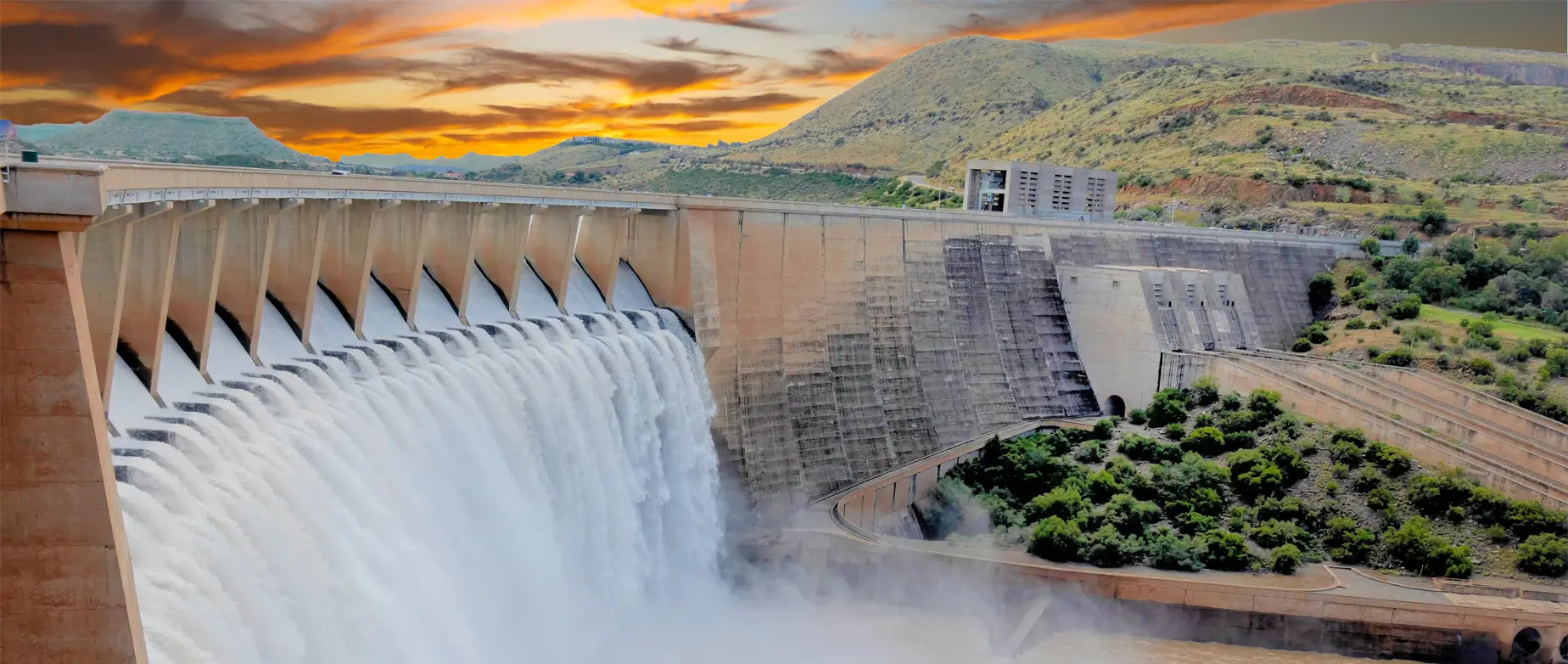The biggest dam failure in American history
Back in the day, when the year started with the numbers 18 and the Coca Cola Company was founded, a little town in Pennsylvania named Johnstown became famous.
Back in the day, when the year started with the numbers 18 and the Coca Cola Company was founded, a little town in Pennsylvania named Johnstown became famous.

Back in the day, when the year started with the numbers 18 and the Coca Cola Company was founded, a little town in Pennsylvania named Johnstown became famous. It was not for its beautiful weather or women, but for a reason much more prosaic – a huge flood that almost wiped the city from the map of the world. Between the years 1838-1853 a dam called South Fork Dam was built about 14 miles above Johnstown and over the years modified to serve the need of exclusive South Fork Fishing and Hunting Club. Those modifications altered and weakened the dam. Even when the dam was leaking, it was only repaired using mud and straws. NOTE TO SELF: Check your area for dams and check the current condition the dam is right now.
An accident was really waiting to happen and in 1889, after several days of heavy rain, the dam started to swell up and fill with water. Officials tried to warned people in Johnstown, but because there were many false alarms in the past, no action was taken. NOTE TO SELF: Listen to the warnings of your local authorities. Evacuate when necessary. In case of worsened weather conditions, make sure you stay updated by radio or TV.
At 3 PM the dam could not stand the pressure anymore and burst under the weight of 20 million tons of water. Forty minutes later, the water was streaming down in angry waves, taking everything down the valley towards Johnstown. An hour later, the huge stream of water, trees, debris and rocks hit Johnstown at the speed of 40 miles per hour. Waves were as high as 60 feet and caught almost 2000 people by surprise. When the water passed Johnstown, it rolled up the other side of the hill, but gravity pulled it down, causing a second wave of water and debris to hit the city. NOTE TO SELF: Evacuate! When caught in a flood, go to higher ground or at least a second floor. Even when you think the flood is over, there may be a second wave of water, so do not return to your house until deemed safe by local authorities.
The tragedy was not over yet. Whole houses, trees, numerous animals and people were trapped on the remnants of formerly buoyant city. The Stone Bridge that once towered above the town got piled under piles of garbage from the flood and caught fire. It was burning for three whole days. NOTE TO SELF: Dam failures are dangerous because the strength of running water can cause not only damage to your property, but also damage to utility pipes and wiring around your property and subsequently cause secondary harm.
Two thousand two hundred and nine people died in the flood caused by the dam failure. One third of the bodies was never recovered. The damage to Johnstown and surrounding cities was about $20 million and debris was covering 30 acres around the city. It took years to properly clean, repair and rebuild the city.
Unfortunately, not for too long. Other floods badly affected the city in 1894, 1907, 1924, 1936 and 1977, the last one caused by the Laurel Run Dam failure. NOTE TO SELF: When your city is prone to floods or other types of natural disasters, consider moving.
The Johnstown flood was for the longest time the largest loss of civilian life in the United Stares. The dam failure proved to be one of the most dangerous things that can happen to people and proved that there needs to be a firm set of laws regarding building and maintaining dams.